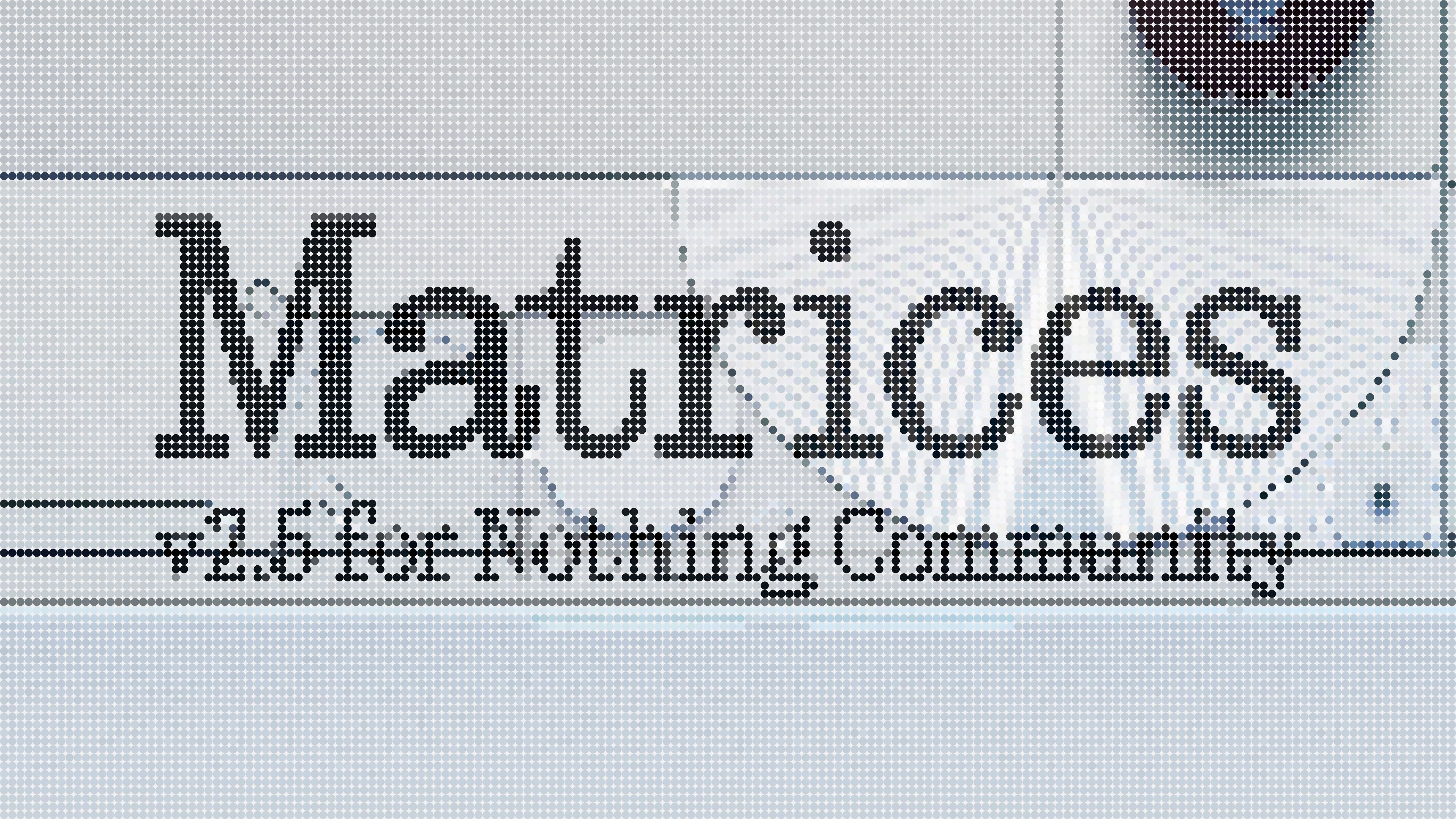Grid
Recent Articles
Sort Options:

Making a Masonry Layout That Works Today
CSS-Tricks explores innovative approaches to implementing a masonry layout using just 66 lines of JavaScript, ensuring compatibility across browsers. The article provides a step-by-step guide, making it easy for developers to create responsive masonry grids.

Nothing Community introduces Matrices to make Glyph Mirror-style wallpapers
A playful debate emerges over the preference for circular versus square pixels in digital design. The authors explore the implications of these shapes on aesthetics and functionality, inviting readers to consider their own preferences in this intriguing design discussion.

Nothing Phone (3)
The Glyph Matrix introduces an innovative approach to lighting design, enhancing visual experiences beyond traditional methods. The publication explores its potential impact on various industries, showcasing how this technology can transform environments and elevate user engagement.